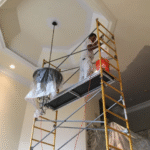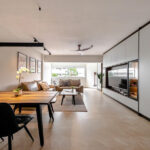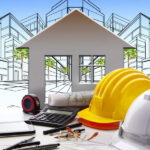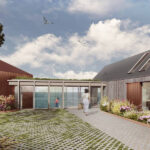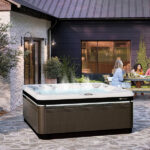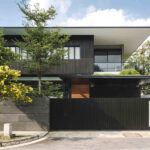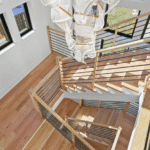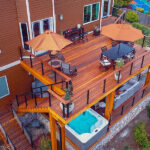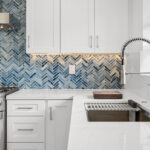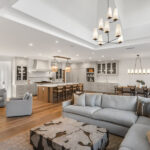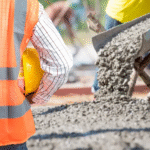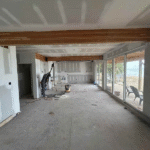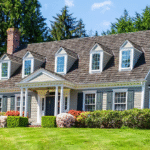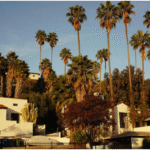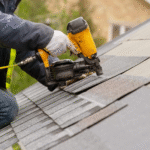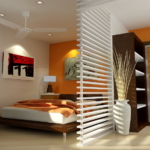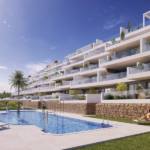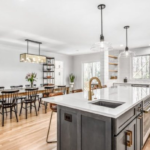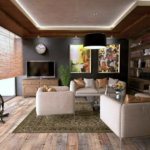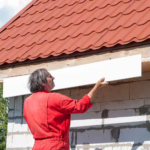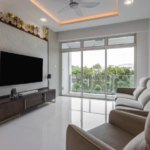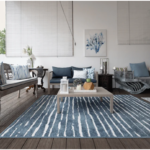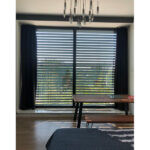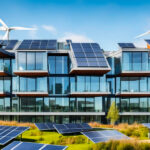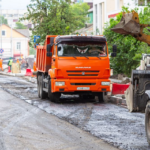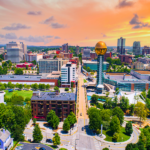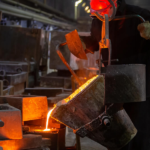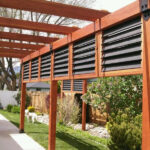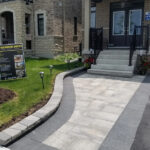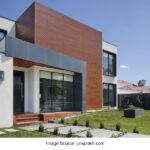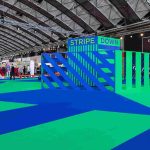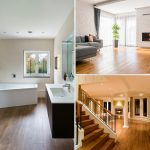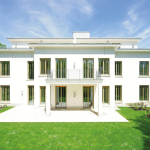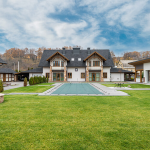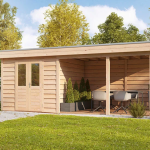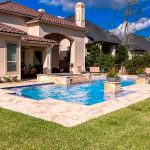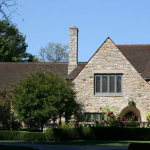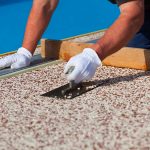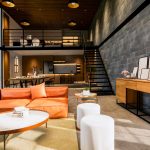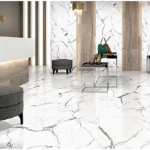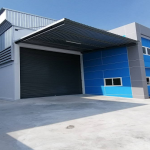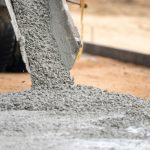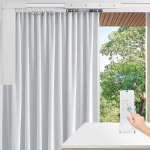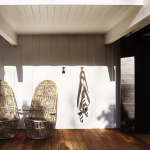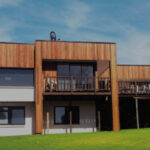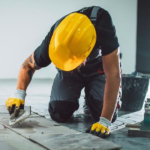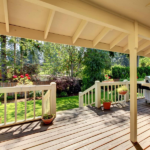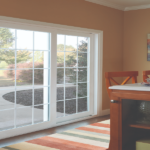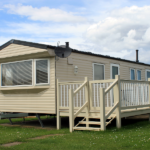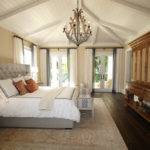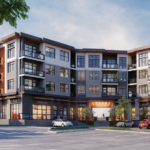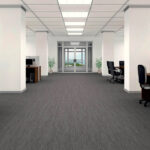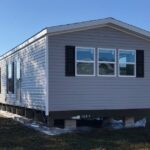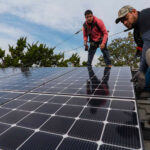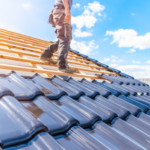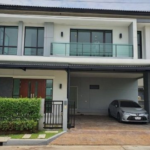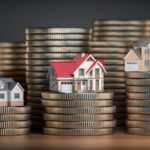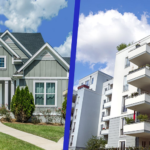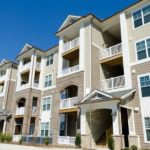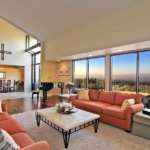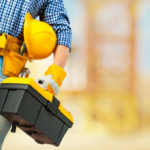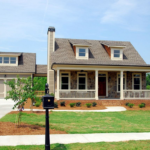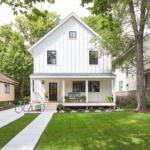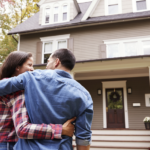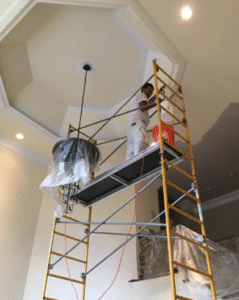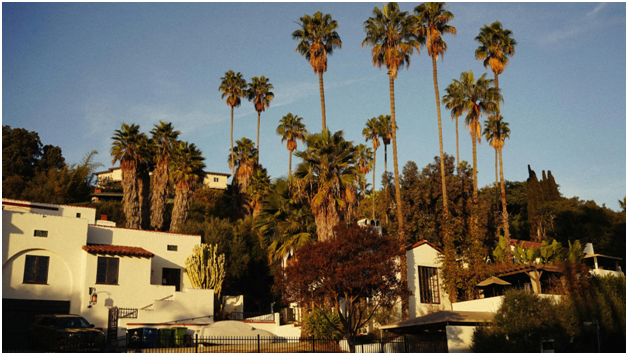
Southern California has always been a design-forward region. With its distinctive climate, dynamic culture, and diverse geography, it’s a place where architecture plays a vital role in shaping lifestyle, identity, and community. From the beaches of Malibu to the hills of Pasadena, new architectural trends are emerging that prioritize sustainability, adaptability, and seamless integration with the environment.
As the demands of modern living evolve and environmental challenges become more pressing, the future of architecture in this region is being redefined. Below are the key trends that are influencing how homes, public spaces, and cultural landmarks are designed for the decades ahead.
1. Climate-Responsive Design
As temperatures rise and drought conditions persist, climate-responsive architecture has become essential in Southern California. Homes and buildings are increasingly designed to passively cool, capture rainwater, and minimize energy consumption. Designers are orienting structures to maximize cross-ventilation and shade, integrating materials with high thermal mass, and using reflective or green roofing systems.
In the future, expect to see more homes that embrace net-zero energy standards and incorporate technologies like solar glass, greywater recycling systems, and battery storage to reduce environmental impact.
2. Indoor-Outdoor Living 2.0
Southern California’s climate has always made indoor-outdoor living desirable, but the pandemic accelerated its necessity. What began as patio sliders and backyard decks has evolved into fully integrated outdoor rooms—complete with kitchens, lounges, fireplaces, and even remote work setups.
Architects are designing homes with operable walls, seamless flooring transitions, and layered landscaping that blurs the line between interior and exterior. This lifestyle-centric design approach will only continue to grow as homeowners seek to reconnect with nature without leaving the comfort of their property.
3. Material Innovation and Local Sourcing
With increased attention to sustainability, architects are moving away from imported or carbon-heavy materials and instead embracing locally sourced stone, reclaimed wood, and low-impact concrete alternatives. Advances in building science are also leading to the rise of engineered timber, hempcrete, and mycelium-based materials.
These sustainable options not only reduce environmental harm but also reflect the regional identity of Southern California—earthy, textured, and grounded in the landscape.
4. Minimalist Luxury
Luxury in Southern California is no longer about opulence—it’s about refinement, restraint, and intention. Clean lines, open floor plans, and curated material palettes now define high-end residential design. Custom homes are shedding excess in favor of meaningful space, enhanced privacy, and emotional impact.
Smart technology, hidden storage, and energy efficiency are replacing showy finishes. This minimalist luxury trend is especially dominant among residential architects in Southern California who cater to clients seeking beauty, functionality, and peace of mind in equal measure.
5. Multifunctional and Adaptive Spaces
With more people working remotely, homeschooling, and engaging in hybrid lifestyles, the demand for flexible floor plans is on the rise. Living rooms double as gyms, garages transform into studios, and guest rooms serve as offices by day.
Architects are responding by designing with adaptability in mind—using sliding panels, movable walls, and furniture that can change form or function throughout the day. This type of design ensures a home can evolve with its occupants and meet future needs without major renovations.
6. Civic-Centered Urban Redevelopment
On a larger scale, Southern California is experiencing a transformation of underutilized urban areas into vibrant civic and cultural hubs. Former industrial zones are being reimagined as mixed-use districts with walkable streetscapes, public art installations, and community-oriented amenities.
Architecture plays a critical role in this movement, providing identity and infrastructure that support inclusive growth. Expect to see more emphasis on green spaces, transit-oriented development, and the reactivation of historical buildings through adaptive reuse.
7. Biophilic and Wellness-Oriented Design
Architecture is increasingly being seen as a tool to enhance well-being. Biophilic design—architecture that connects occupants to nature—has become central to both residential and commercial projects. From rooftop gardens and living walls to skylights and natural ventilation systems, buildings are being designed to soothe the senses and support mental health.
This approach goes hand in hand with the wellness movement, where air quality, acoustics, lighting, and ergonomic design are treated as integral components of the architectural process.
8. Digitally-Driven Design and Construction
Advancements in digital technology are transforming how buildings are designed and constructed. Parametric modeling, AI-assisted drafting, and virtual walkthroughs allow architects and clients to visualize and iterate on projects in real time. On the construction side, innovations like 3D printing, robotic fabrication, and modular assembly are making high-end design more efficient and precise.
As technology becomes more accessible and user-friendly, it’s reshaping the architect-client collaboration, speeding up timelines, and reducing waste.
Southern California has always been a trendsetter in architectural design, and today’s shifts signal a future focused on purpose, performance, and connection. Whether it’s the rise of eco-conscious luxury, the rethinking of civic spaces, or the embrace of digital tools, the region’s evolving needs are being met with bold, thoughtful design solutions. For anyone interested in where architecture is heading, Southern California offers a clear—and inspiring—glimpse.




